Stem Cell Regeneration - Stem Cell Insight and Guidance
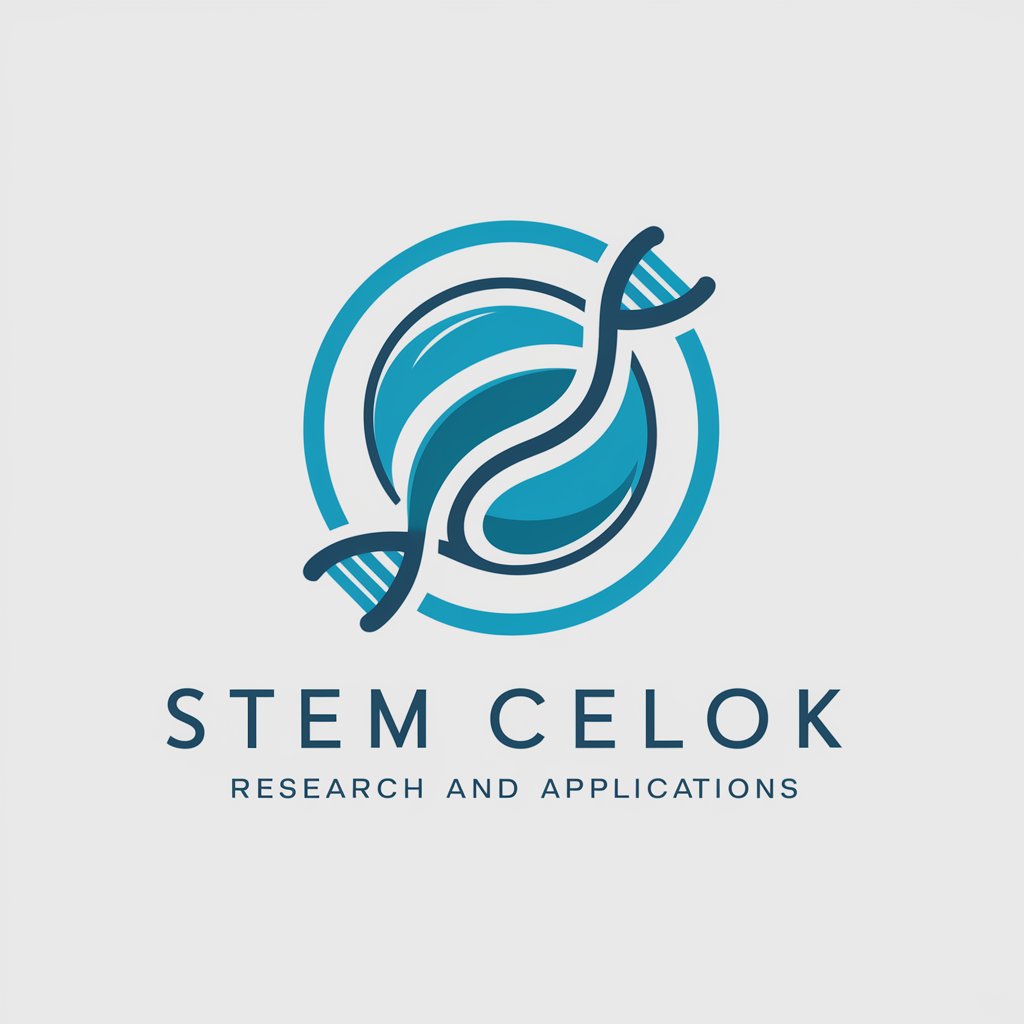
Welcome! How can I assist you with stem cell research and applications today?
Empowering Regenerative Medicine with AI
Explain the latest advancements in stem cell research, particularly in regenerative medicine.
Describe the ethical considerations involved in stem cell therapy and research.
What are the current medical applications of stem cell technology?
How do technological advancements impact stem cell research and its applications?
Get Embed Code
Introduction to Stem Cell Regeneration
Stem Cell Regeneration, as a field, encompasses the study and application of stem cells to repair or replace damaged tissues and organs in the human body. This discipline leverages the unique ability of stem cells to self-renew and differentiate into various cell types, offering potential treatments for a wide range of diseases, including those currently considered incurable. A fundamental aspect of stem cell research is understanding how undifferentiated stem cells can be induced to become specific cell types, a process that is crucial for developing targeted therapies. Examples of stem cell regeneration include the use of induced pluripotent stem cells (iPSCs) to generate patient-specific cells for regenerative medicine, and the application of hematopoietic stem cells (HSCs) for treating blood disorders like leukemia through bone marrow transplants. Powered by ChatGPT-4o。

Main Functions of Stem Cell Regeneration
Tissue Repair and Regeneration
Example
Using stem cells to repair heart tissue after a myocardial infarction
Scenario
In this scenario, stem cells are injected into the damaged heart tissue where they can differentiate into cardiomyocytes (heart muscle cells), improving heart function and potentially reducing the need for heart transplants.
Disease Modeling and Drug Testing
Example
Creating iPSCs from patients with specific genetic disorders to study disease mechanisms and test new drugs
Scenario
Researchers generate iPSCs from patients with rare genetic disorders, differentiate these cells into the relevant cell type (e.g., neurons for neurodegenerative diseases), and use these models to study disease pathology and screen potential therapeutic compounds.
Cell-based Therapies
Example
Autologous or allogeneic stem cell transplants for blood cancers
Scenario
Patients with leukemia may receive hematopoietic stem cell transplants from a matched donor (allogeneic) or from their own cells (autologous) to re-establish healthy blood cell production after high-dose chemotherapy or radiation therapy.
Ideal Users of Stem Cell Regeneration Services
Medical Researchers
Scientists and clinicians involved in biomedical research who are exploring the therapeutic potential of stem cells in treating various diseases. They benefit from stem cell regeneration insights to develop new therapies and understand disease mechanisms.
Healthcare Professionals
Doctors, nurses, and other medical practitioners who may apply stem cell-based treatments in clinical settings. They need to stay informed about the latest developments in stem cell therapies to offer the best care options to their patients.
Patients and Patient Advocates
Individuals seeking information on stem cell therapies for personal health issues or advocating for access to cutting-edge treatments. They benefit from understanding the potential and limitations of stem cell therapies to make informed decisions about their health care.

Guidelines for Using Stem Cell Regeneration
Step 1
Initiate your journey by exploring yeschat.ai, offering a complimentary trial that does not require a login or subscription to ChatGPT Plus.
Step 2
Identify your specific interest or need within the stem cell regeneration field, whether it be academic research, therapeutic applications, or technological advancements.
Step 3
Utilize the provided information and tools to deepen your understanding, focusing on areas such as stem cell types, sources, differentiation, and ethical considerations.
Step 4
Engage with the interactive features to pose questions, explore scenarios, or review case studies, enhancing your learning experience.
Step 5
Apply the insights gained for your professional development, academic pursuits, or personal knowledge, always considering ethical implications and consulting with experts when necessary.
Try other advanced and practical GPTs
Spelling Tutor
AI-powered Spelling Mastery

CommMentor
Elevate Your Speech with AI Expertise

U.S. Geography
Explore America's landscapes with AI

AI Nelson Mandela
Empowering Insights on Mandela's Legacy

Easy Korean Tutor
Master Korean verbs with AI-powered precision.

Tech Explainer by TinyMagiq
Demystifying Tech Jargon with AI

Information technology teacher
Empowering IT learning with AI
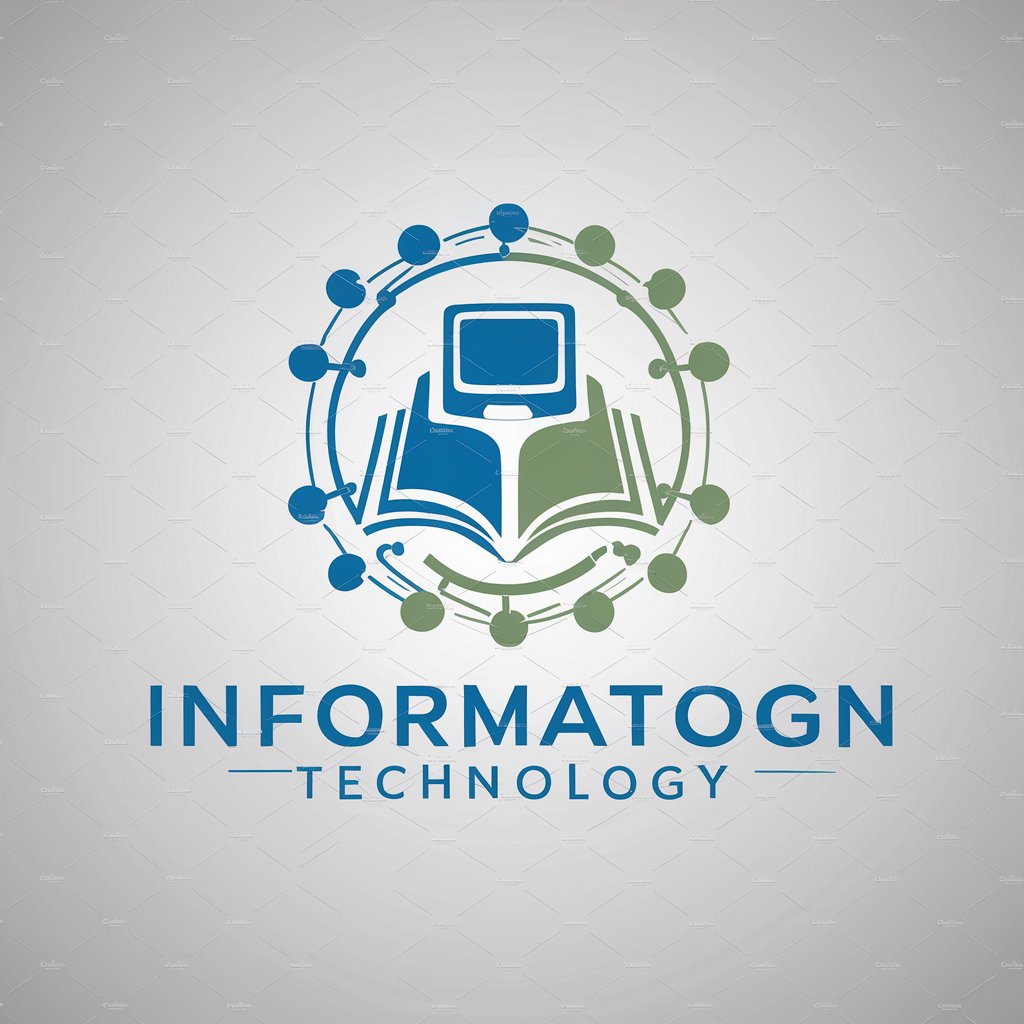
Snapshot Wizard
Elevate Your Photography with AI

Digital K
Empowering insights with AI expertise
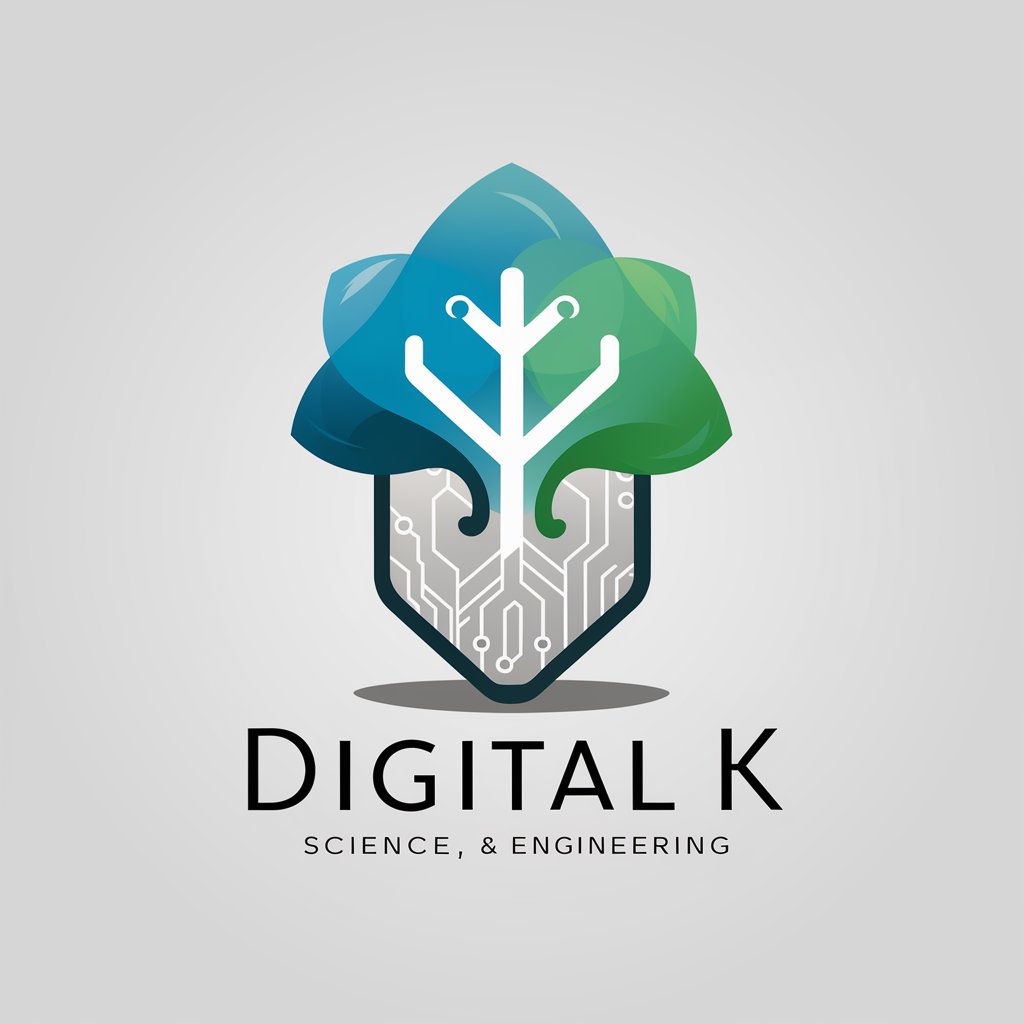
Compare Like a Pro
Empowering Choices with AI-Powered Comparisons

Customer Service Assistant
Empowering support with AI precision
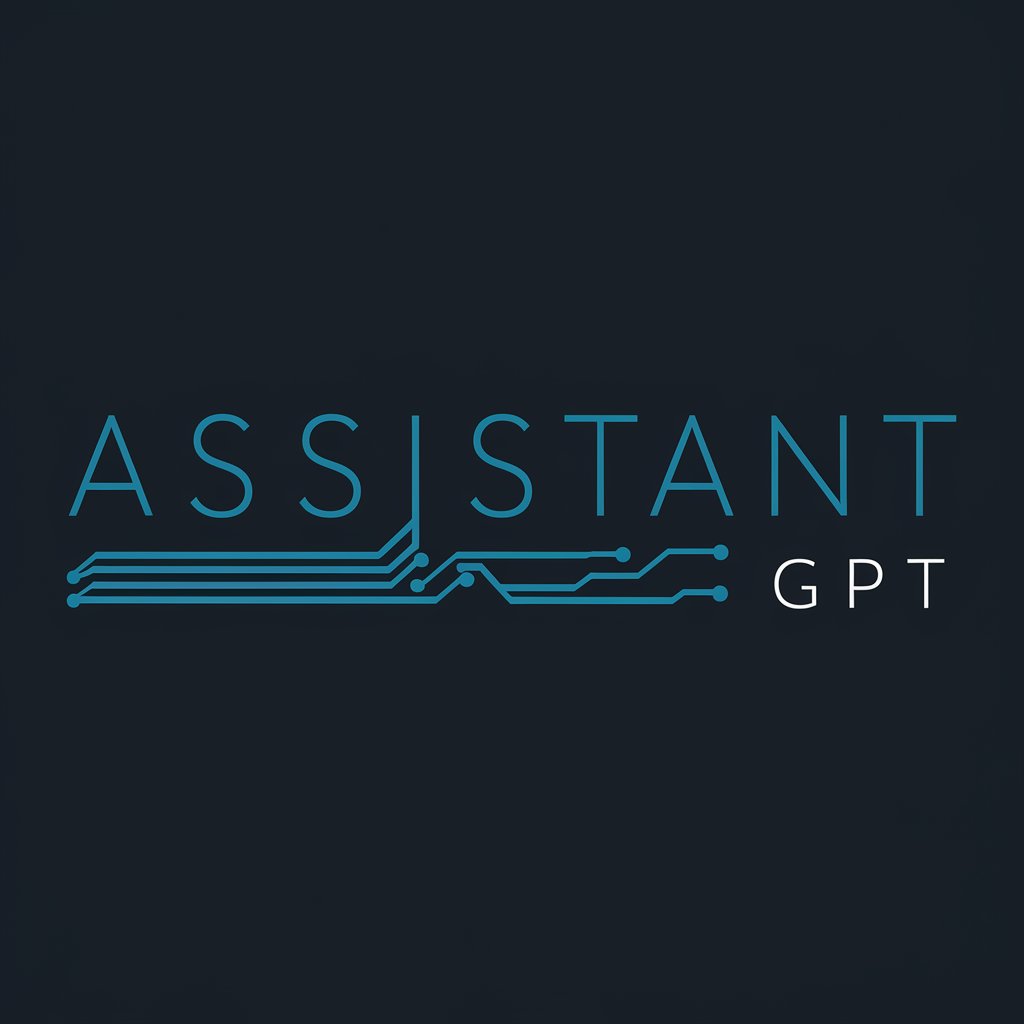
La Source
Craft Your Thriller, Shape Your Destiny
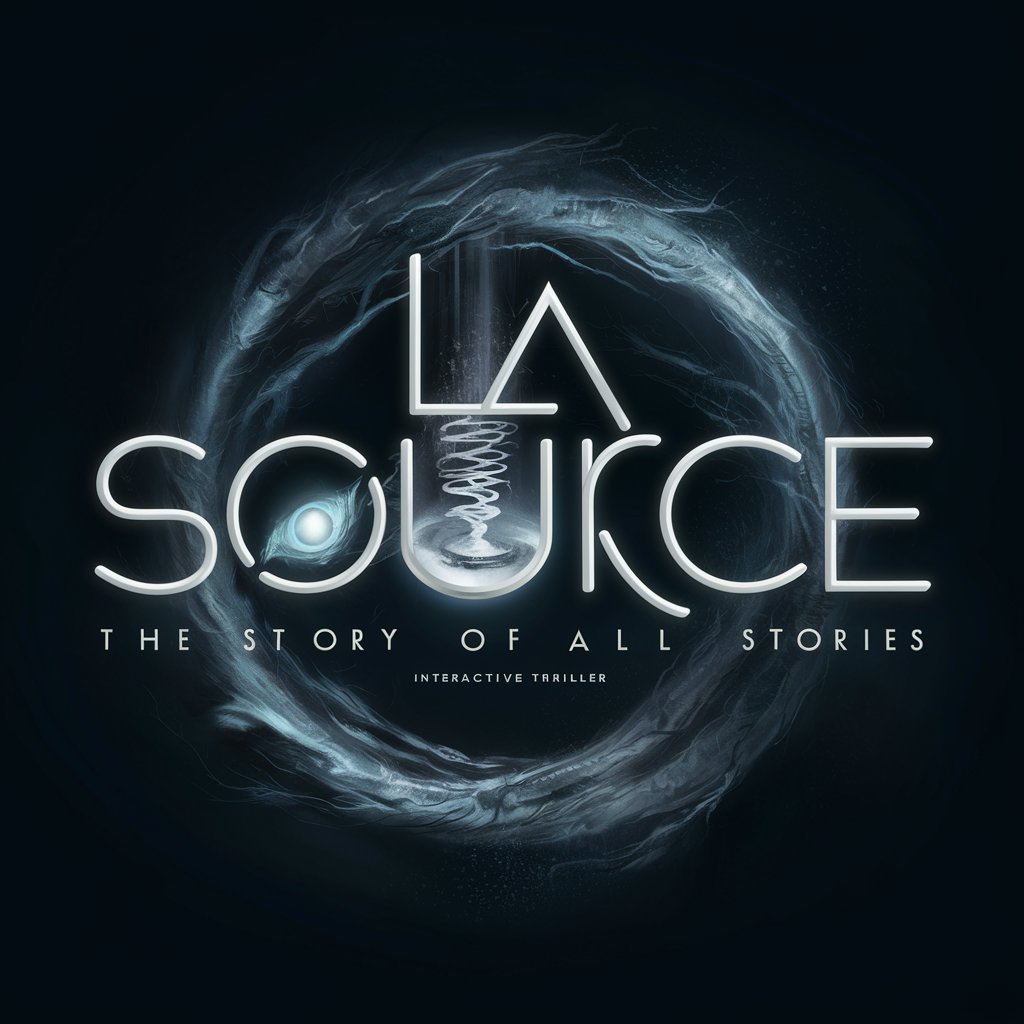
Detailed Q&A on Stem Cell Regeneration
What are the primary types of stem cells used in regeneration?
The primary types include embryonic stem cells (ESCs), which can differentiate into any cell type; adult stem cells (ASCs), found in specific tissues and can generate replacements for those tissues; and induced pluripotent stem cells (iPSCs), which are reprogrammed from adult cells to possess ESC-like capabilities.
How can stem cells be applied in treating diseases?
Stem cells are used to replace or repair damaged tissues or cells in conditions like leukemia, lymphoma, certain types of anemia, and injuries affecting bone, skin, and the cornea. Research is ongoing to expand their application in treating more complex diseases such as Parkinson's, diabetes, and heart disease.
What are the ethical considerations in stem cell research?
Ethical considerations focus on the source of stem cells, particularly embryonic stem cells, involving concerns about the moral status of embryos. Guidelines and regulations have been established to ensure ethical sourcing and use, emphasizing consent, respect for human life, and scientific integrity.
Can stem cells be used in personalized medicine?
Yes, particularly through the use of iPSCs, which can be derived from an individual's own cells, minimizing the risk of immune rejection. This allows for the development of personalized treatments that are specifically tailored to the patient's genetic makeup and disease profile.
What advancements are being made in stem cell technology?
Recent advancements include the improvement of stem cell cultivation techniques, gene editing tools like CRISPR to correct genetic defects in stem cells, and the development of 3D bioprinting technologies to create tissue structures for transplantation and research purposes.
